We had not realised how important it has been as a departure or arrival port for transatlantic passages and even passages to the southern oceans – often preferred over the English Channel route where attacks from continental powers were more likely. Orcadians, as Orkney folk are known, made up ¾ of the manpower of the Hudson Bay Company operating in Canada and much of the whaling fleet. We saw the well from which the Erribus and Terror took on water before departing on Sir John Franklin’s ill-fated voyage.
There exist the remains of several villages of those times. We visited Skara Brae, which was occupied for some 600 years up to 2,500BC before being abandoned and buried under sand and thus preserved. In 1850 another storm exposed it again. In its final form it comprised a number of subterranian dwellings and a workshop all interconnected by passage ways. Each dwelling had a central hearth, a stone side board, two bed boxes, a larder and a small pond for keeping sea food or sea bate. It was extraordinary to be able to see the domestic arrangements and stone furniture of a family home.
- Village plan
- House with stone furniture
- Interconnecting passages
- View of part of village
We also visited the burial chamber at Maeshowe, which dates from 5000BC – about 2,500 years before the pyramids of Giza. The long entry passage was built so that at winter solstice the setting sun shines along the passage and illuminates the back of the chamber.
It is known that shortly after Christmas 1153 a group of Norsemen broke into the tomb to hole up during a snowstorm. They spent their time carving graffiti runes which survive to this day. The inscriptions include things such as “Otarr carved these runes”; “Ingigerth is the most beautiful”; “Thorni bedded. Helgi carved”. Not much has changed!
Ynskje, Tony & Stefan
x
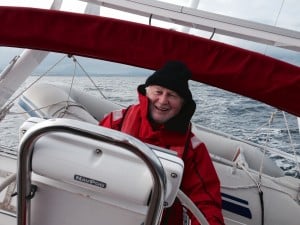 Stefan writes: I have had an excellent time learning more about sailing. I was positively surprised how the quality of the food matched the quality of the sailing.
Stefan writes: I have had an excellent time learning more about sailing. I was positively surprised how the quality of the food matched the quality of the sailing.
I have enjoyed the magnificent views of northern Scotland and the islands.



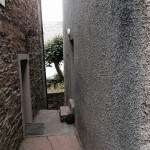

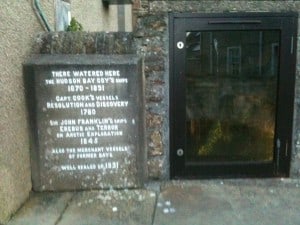

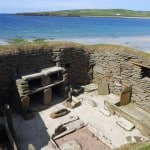
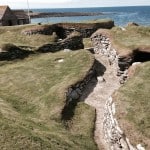
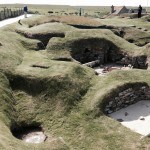
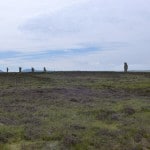
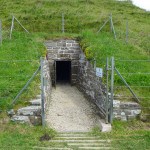


Great to hear news of all 3 of you, & the fascinating Orkneys. What an amazing wealth of history, no idea it went back so far. Thanks so much for sharing your news & pictures. Hhat a wonderful way to spend your retirements! So looking forward to coming on board at some time, & experiencing an Antipole trip, not to mention Ynskje,s fabulous cooking!!
David will send link to awesome pictures of Competa forest fire.
Much love to you all from us both, Alison XXX